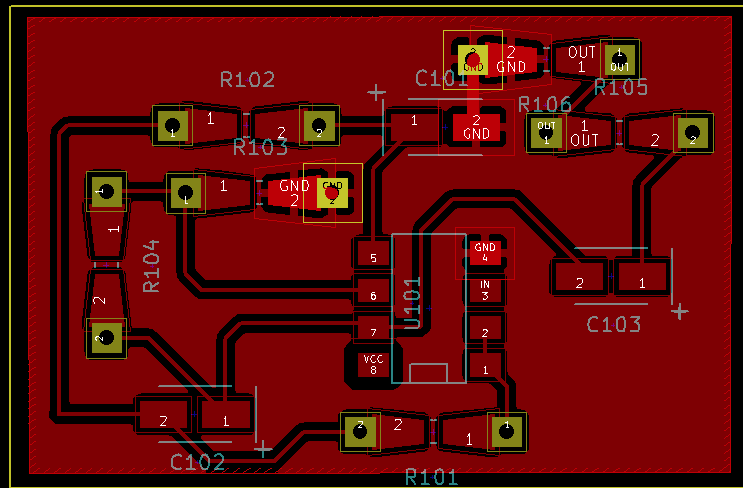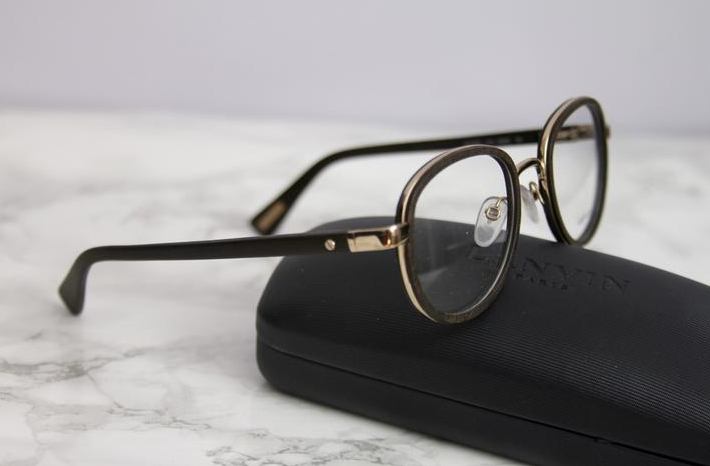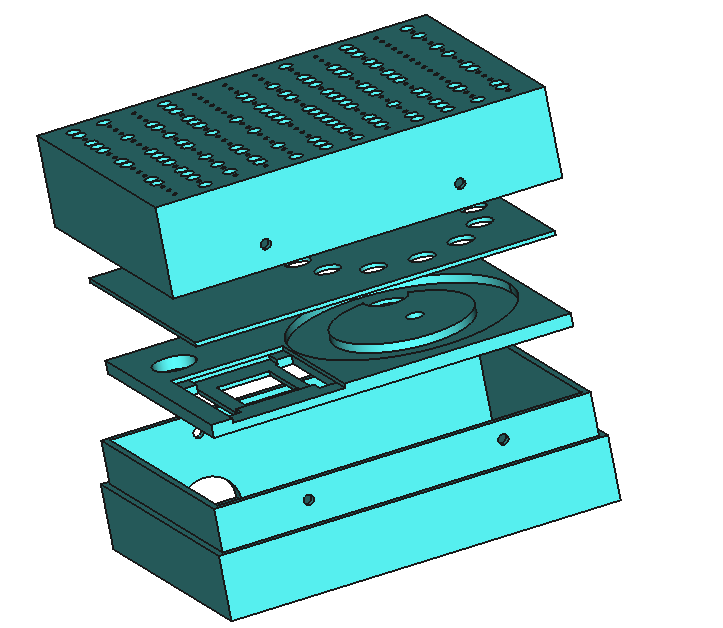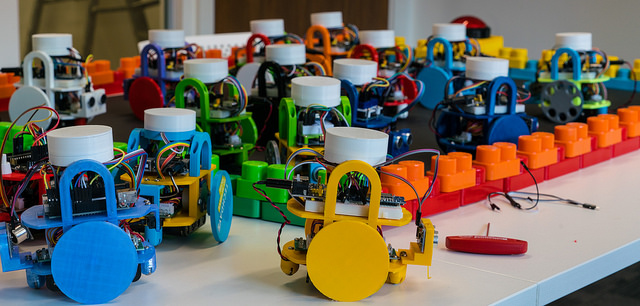Surface Go Power Tip
/I really love my Surface Go. I reckon that the best computer is the one that you don’t know you’re carrying, and on that basis it is great. You hardly notice when it’s in your bag.
But if I was using the machine all day and charging it every night I’d like it even more. This is because, like most Windows 10 machines, its sleep performance is not that great. Sometimes I leave the machine in my bag for a day or two and that usually means that when I open it up to use it the battery is pretty much flat.
However, you can fix this, at the expense of a tiny bit of convenience. The trick is to use the additional power settings to re-define the what the power button does. By default both closing the lid (or type cover in this case) and pressing the power button send the computer to sleep. That’s fine if you’re going to want to use the computer immediately in the next hour or so. When you open the lid or press power Windows 10 snaps right back into action. However, the problem is that in sleep mode the machine will only last a day or so before the battery goes flat (that’s been my experience with Surface Go and other Windows laptops - if yours is better, let me know)
I’ve changed the power button to make my Surface Go hibernate instead of sleep. When a machine hibernates it saves a copy of everything that’s running and then turns off completely. Waking from hibernation takes a few seconds more than waking from sleep, but you’ll have a lot more battery life left.
You can access the menu to set the behaviour of the power keys by doing the following:
Press the Start key
Type “power and sleep” and select the “Power and Sleep” option from the matches
Then select the “Additional Power Settings” from this menu, as shown below
Then click “Choose what the power buttons do” on the top left of the menu that appears.
Now select the options as you can see at the top of this post
When you know you won’t need the computer for a while, just press the power button rather than close the keyboard cover. You can then wake the machine with another press of the power button, and it will pick up exactly where you left off, but with a lot more charge in the battery. You can use this trick on any laptop.




















